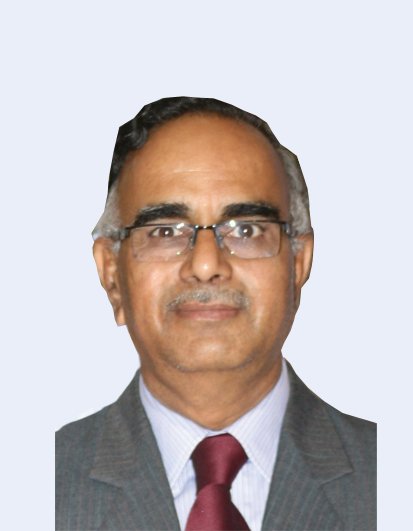Inside BENEO’s new pulse plant: pioneering sustainable protein from faba beans
The above was the topic covered in a KLE University Foundation Oration Lecture delivered by the author on 9th June, 2017 at the Prestigious University, Belagavi, Karnataka. This University has a long cherished history and is now a large educational and research hub along with state of the art hospital.
The medical facility spans across contemporary biomedicine as well as traditional ayurvedic treatment at its best apart from being a hub running courses in MBBS and MD for Singapore. Globally there is a resurgence to go back to naturals, driven by scientific advancements, consumer preferences and a number of other reasons. Concurrently there is an expansion of the food to drug continuum involving creation of number of new categories and approaches. Consumers are also driving illness centric to wellness centric approach for health and drug usage.
The role of physicians is hence changing from a treatment oriented physician to enlarged scope of health professional. Focus on prevention, protection and maintenance of health is gaining center stage while treatment with effective drugs continue. In this scenario resurgence of use of botanicals (naturals / herbs / herbal drugs / traditionally processed products) has gained attention and popular usage. Such usage cover herbal drugs, traditional ayurvedic products, botanical based health supplements and nutraceuticals amongst others.
The oration lecture covered myths and presented scientific insights, examples of published data, realities in terms of regulatory status, and the power of long history of use documentation that India proudly possess, a few case studies (see box1). It was the British who seem to have coined various terms like oration, symposia, seminar and workshop, group discussions each connoting differently and if one were to stick to the traditional practices of such meetings, the oration should have been purely a talk or at best reading a pre prepared lecture.
Given integrated technological needs and often expected power points for any talk to be successful, while the oration covered reading a pre written text, case studies, examples and other supporting data were interjected during the oration by the use of a PPT. It is not intended to cover the entire oration here but expose the readers of NuFFooDS to this oration.
This author often wonders why our physicians do not use either alone or as an adjuvant or in combination with their current treatment one or more botanicals or most commonly used classical ayurvedic preparations with long history of safe and effective use. There could be a number of reasons. As a case in point is inadequate or almost lack of use of botanicals for treating or supporting or maintaining liver functions in a number of conditions.
It is well known that hardly any synthetic drug molecule is available to treat many liver disorders and effectively rejuvenate liver functions including infective hepatitis. Lack of scientific data or evidence for botanicals and their efficacy in liver conditions is not tenable nor acceptable. Lack of knowledge that such scientific evidence exists for a number of botanicals amongst even leading physicians / general practitioners / gastro enterologists / hepatologists could be one prime reason.
Indian Council of Medical Research brought out an excellent scientific compilation and review of scientific data (Both ayurvedic science and biomedical sciences). This publication is titled “Perspectives of Indian medicinal plants in the management of liver disorders” published in 2008 (See box 2 for the list of botanicals for which excellent scientific data is compiled in this publication).
It would be appropriate to update this compilation both for contents of research on these botanicals till today and addition of few more botanicals. One plant that is not listed in this book is Revanchini (Rheum emodi, Linn), widely grown in India, also commonly known as Rhubarb (endemic to Afghanistan and surrounding areas and being imported by some). In ayurvedic treatises this plant is described as a “Lekhaniya” meaning potent cleanser demonstrated by its action as a purgative.
Revanchini’s has been proven by a number of in vitro, in vivo models (duck hepatitis model) to clear infected liver from hepatitis B and hepatitis E apart from efficacy on a few other hepatitis infections. Human trials have demonstrated revanchini’s ability to clear infective hepatitis by way of HbSAg +ve to HbSAg –ve, HbV DNA titers becoming zero from initial high levels within two weeks of consumption and in some cases extending to such efficacy in a period of four weeks.
This short duration treatment and efficacy along with its safety out ways the argument of some skeptic physicians that many liver disorders are self-limiting. The leadership role shown by the Nutraceutical Regulations in inclusion of a number of botanicals in Schedule IV opens up new vistas for innovations in health supplements and nutraceuticals extending to FSDU’s / FSMP’s. These innovations being in the food and nutrition / nutritionals area, physicians can consider advising their consumers / patients to add botanicals to their list of health maintenance products without the fear of cross prescribing. Botanicals for liver health is only one such example, while a whole lot of other health conditions beckon use of botanicals. Trust it picks up speed post January 2018 when the Nutra Regulations gets enforced, and brings in more research and usage.
Dr DBA Narayana CSO Ayurvidye Trust, Bengaluru

